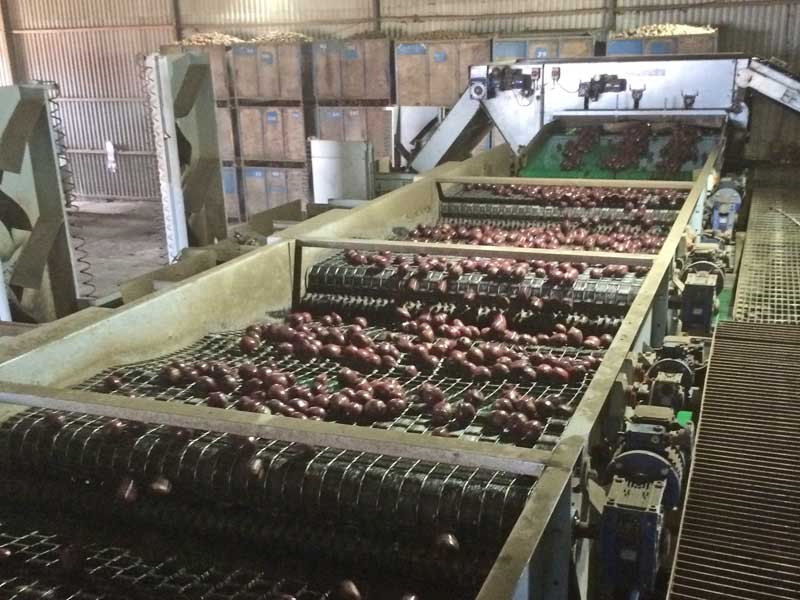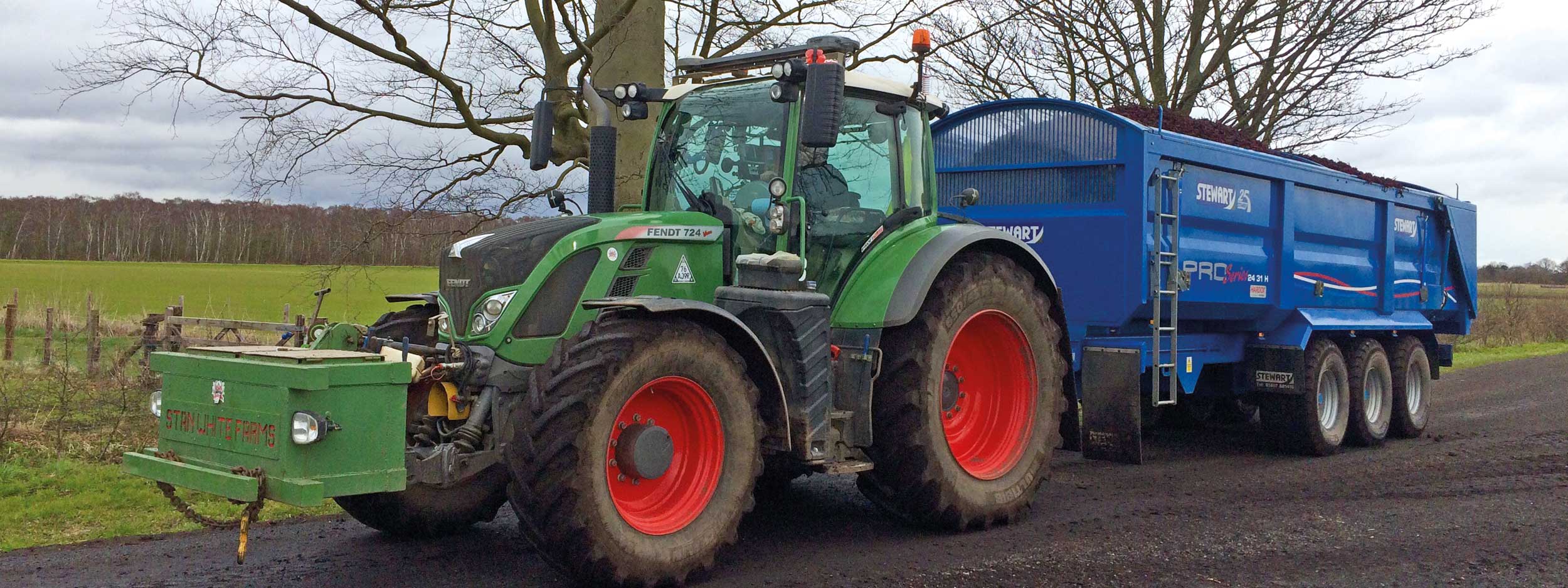


Stan White Farms is now in its third generation of farmers and still run as a family business.
Back in 1948 Stan White began his farming career with a modest 1.25 acres (0.5ha) growing beetroot from the outset. Nearly 70 years later the Company has never stopped growing, or reinvesting in production equipment, and presently grow on 4,000 acres (1,600ha).
They supply the market with approximately 30,000 tons of beetroot, and Stan's son Graham has been joined by his children, Oliver and Ella.
The Company are also delighted by the results they are getting from their purpose-built lifting machine which exactly matches their requirements. Once lifted the beetroot crop is graded into specific size and quality, according to customer requirements.
To continue meeting the challenges of growing good quality beetroot the Company always has its eye to the future. A new bespoke wash/sizing plant, to cope with increased production, has been installed as part of the latest capital programme.
Beetroot is planted in a variety of different soils, which includes sands, silts, black fenland, and each has challenges and problems. “We try and use each soil to its best advantage; picking a particular soil to match a window for supplying our customers. Beets grown in full-bodied soils store better than those from lighter soils, so we plan our timings so we can make the most of those qualities.”
Changing weather patterns can also have a huge effect on crop yields, and the stress caused by long dry periods followed by too much rain in a very short period of time can impact on yields.
“The team on the farm are always seeking ways of alleviating plant stress; ensuring the best possible conditions so the crops can achieve target yields.” All the crops are irrigated to maximise quality and yield and ensure they meet customer specifications.
Keeping moisture in the soil is one of the areas that Graham is most passionate about, and he ensures that everything is harrowed to keep the vital moisture in the soil. “Beetroot really likes soil that is firm on top but good and loose underneath, so for preparation we do a heavy subsoil, and then make sure everything is firmed down properly” he says.
Planting beetroot certainly has benefits for the soil, but rotations remain vital and Graham has recently lengthened them to five years; the land is rented out to grow carrots and potatoes, but then comes back under their direct control for winter and spring wheat and beans.
“We have a double benefit; by planting arable crops within the rotation we help to look after our soils, and at the same time these crops complement our production needs, particularly as we use the straw for the beetroot.” However, he points out, that longer rotations mean a pressing need for more land. “We try to keep all the land we grow on within a twenty-five mile radius, but it is starting to become rather challenging.”
Beetroot in terms of nutrient demand, it is a hungry crop. The growing period to harvest can vary between 100 and 170 days, which results in a crop that has to grow and bulk quite quickly.
“We have recently moved over to precision farming – and I think that it is still very underrated by the agricultural community.” The main fertiliser application is applied just before drilling, normally as a granular formulation of N, P and K plus trace elements; this is followed by another dose at the time of emergence. Application rate and precise fertiliser contents are based on soil tests.
“We now apply variable rated on the field and are delighted with the results; the crop gets what it needs but we are not wasting valuable money by applying fertiliser where it isn’t needed.”
The same applied to weeding; beetroot is not a competitive crop, so it needs a boost to be able to achieve its yield targets. Weedy land also offers cover for cutworm, one of the main pests that challenge beetroot. The underground caterpillars can devastate a crop by damaging plants and stems, so to help prevent attacks, Graham’s agronomist regularly scans the farm, ensures weeds are under control and takes the appropriate action when necessary.
Fortunately, as we irrigate all our crop, it helps us keep on top of this pest, because first and second year cutworms are unable to do so much damage when the ground and crop are wet.
Some years, up to three herbicide sprays may be necessary to keep broad leaved weeds and grass under control. Nevertheless, Graham is a great advocate of controlled traffic, spraying and fertilising at 42m, so there are fewer wheelings. It makes good sense and helps avoid lots of areas of compaction across the fields.
Early season yields from the beginning of June onwards start at around 8t/acre (3.2t/ha), and then increase to around 25t/acre (10t/ha). He likens the challenges of growing good quality beetroot to that of potatoes, particularly when it comes to lifting. You have to treat the crop really gently to prevent bruising.
To get the best results he has altered a self-propelled Grimme machine to exactly match his requirements. We use a 6m system with two toppers, and a windrower amended to 1.5m and as a result we are able to lift up to 450t/day – and we are delighted as the system works really well.
The grading equipment is also highly mechanised. All the beets coming away from the farm have already been washed and graded, to ensure that the customers receive exactly what they are looking for.










